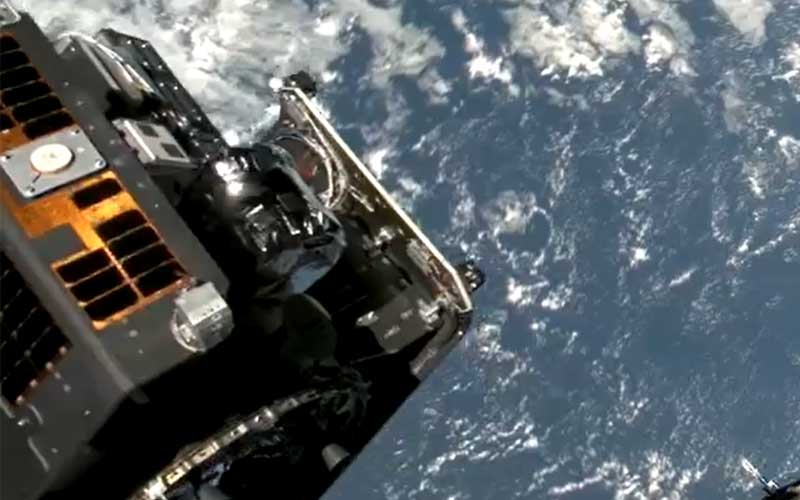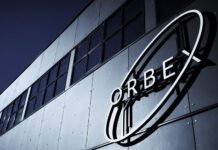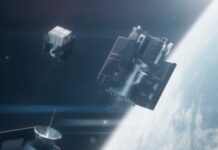
A payload launched aboard the thirteenth D-Orbit ION space tug will demonstrate key technology that will enable future in-orbit refueling systems.
The thirteenth D-Orbit ION space tug, which was named Daring Diego, was launched aboard a SpaceX Falcon 9 rideshare mission on 1 December, carrying eight passengers and four hosted payloads.
One of the hosted payloads carried aboard Daring Diego was RECS, a demonstration mission developed by D-Orbit and the Space Propulsion Laboratory of the Polytechnic University of Milan that aims to study the behaviour of nitrous oxide during orbital refueling operations.
RECS was initiated as part of the final PhD project of Simone La Luna, who is now head of propulsion and thermal engineering at D-Orbit. The demonstration has a mass of around 10 kilograms and consists of two propellant tanks, one full and one empty, with a valve connecting the two, which is designed to facilitate the transfer of nitrous oxide from one tank to the other. The demonstration aims to simulate the process of in-orbit refueling between two satellites and will measure pressure, temperature, and fluid flow rates.
The D-Orbit ION space tug utilizes nitrous oxide for its primary propulsion system. As a result, the demonstration could lead the way for extending the vehicle’s capabilities, allowing for additional applications.
With the launch of Daring Diego, D-Orbit has now successfully flown six missions in 2023. This figure represents a 100% increase in missions launched, with the company launching three in 2022.




